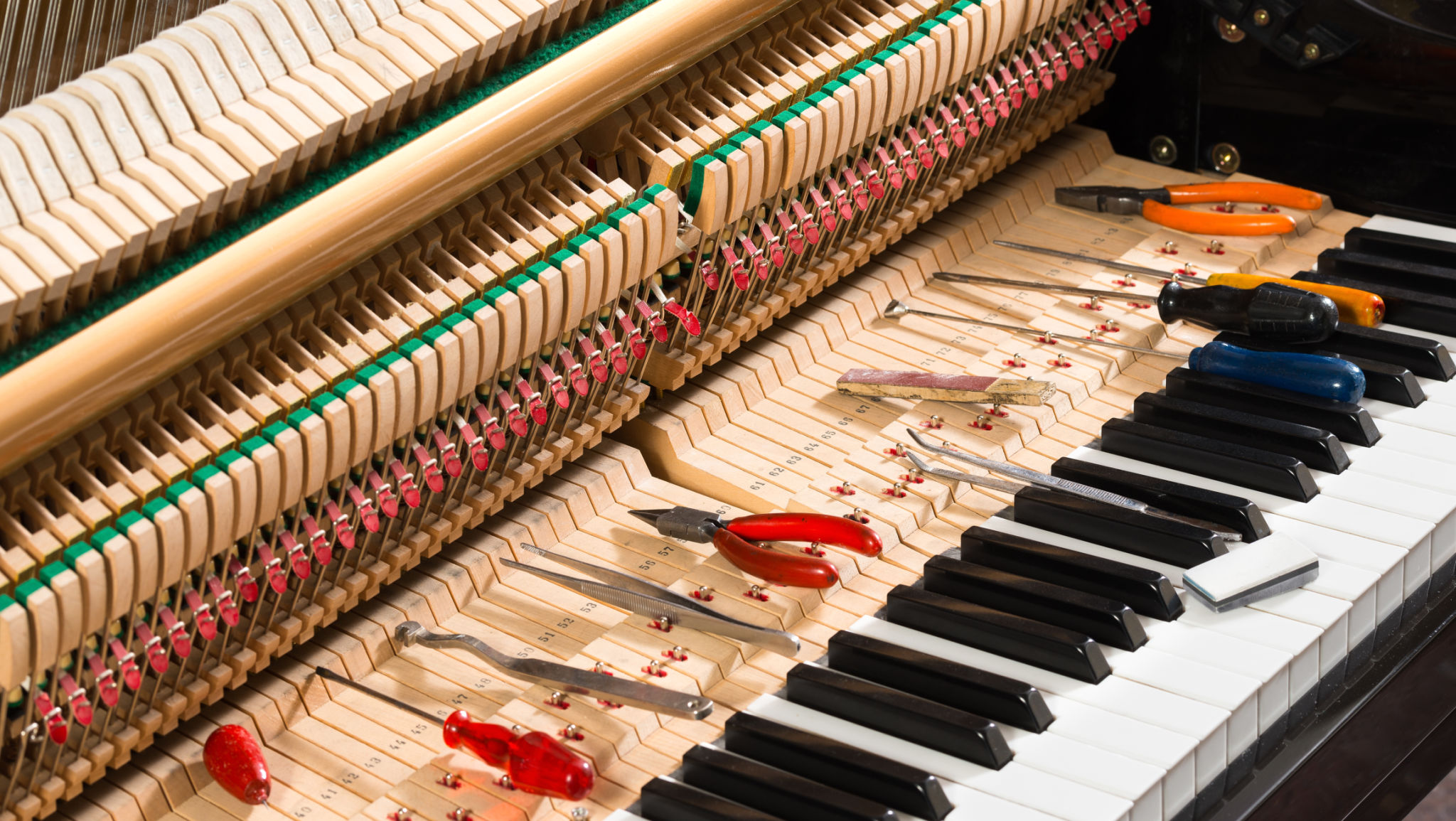How to Prepare Your Piano for a Move: Expert Tips from GSL Movers
Understanding the Importance of Proper Piano Preparation
Moving a piano is no small task. These delicate instruments are not only heavy but also require meticulous care to ensure they arrive at their new destination in perfect condition. At GSL Movers, we understand the complexities involved in moving pianos and have compiled a list of expert tips to help you prepare your piano for a move.

Assessing Your Piano's Condition
Before you begin the moving process, it’s crucial to assess the condition of your piano. Check for any existing damages such as scratches, dents, or loose parts. Take detailed notes and photographs to document its current state. This will help you identify any new damages post-move, should they occur.
Additionally, understanding the type of piano you have—whether it’s an upright or grand—will influence the preparation steps. Each type has specific handling requirements that need to be addressed.
Gathering Necessary Supplies
Proper preparation begins with having the right supplies. You will need:
- Heavy-duty moving blankets or padding to protect the piano's exterior.
- Strong packing tape to secure the blankets.
- A piano board, which is essential for safe transport.
- Straps to hold the piano in place on the board.
Having these supplies on hand will provide a good starting point for safeguarding your piano during transit.
Preparing the Piano for Transport
Once you have gathered your supplies, it's time to start preparing the piano. Begin by closing and locking the keyboard lid to prevent any keys from being damaged during the move. If your piano does not have a lockable lid, secure it with tape.

Wrap the entire piano in moving blankets, ensuring every surface is covered. Secure the blankets with packing tape, making sure no part of the piano is exposed. This step is crucial for protecting the finish from scratches and other damage.
Using the Right Moving Techniques
When it comes to physically moving the piano, it’s best to rely on professional movers like those at GSL Movers. However, if you decide to move it yourself, make sure you have enough people to lift and carry the weight without straining. Always lift with your legs, not your back, and avoid rolling the piano on its wheels as much as possible, especially on uneven surfaces.
For grand pianos, removal of the legs is often necessary. This requires careful handling and professional expertise to avoid damage. The body of the piano should be placed on its side onto a piano board for secure transport.

Final Checks Before the Move
Before loading the piano into a moving truck, double-check that all parts are securely fastened and padded. Ensure that the straps holding it in place are tight and that nothing can shift during transport.
If possible, position the piano towards the back wall of the truck to prevent it from sliding during transit. Remember, proper weight distribution is key when loading heavy items.
Post-Move Tips
Once your piano has arrived at its new location, allow it time to adjust to its new environment before tuning it. Pianos are sensitive to temperature and humidity changes, so wait at least a few weeks before having it professionally tuned.
Finally, inspect your piano for any damages that may have occurred during the move, using your pre-move documentation for reference. If you notice any issues, contact a professional for repairs promptly.
By following these expert tips from GSL Movers, you can ensure your piano is well-protected and arrives safely at its new home, ready to fill your space with beautiful music once again.